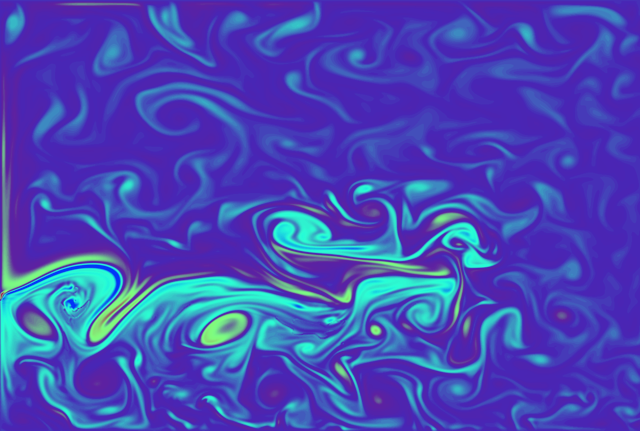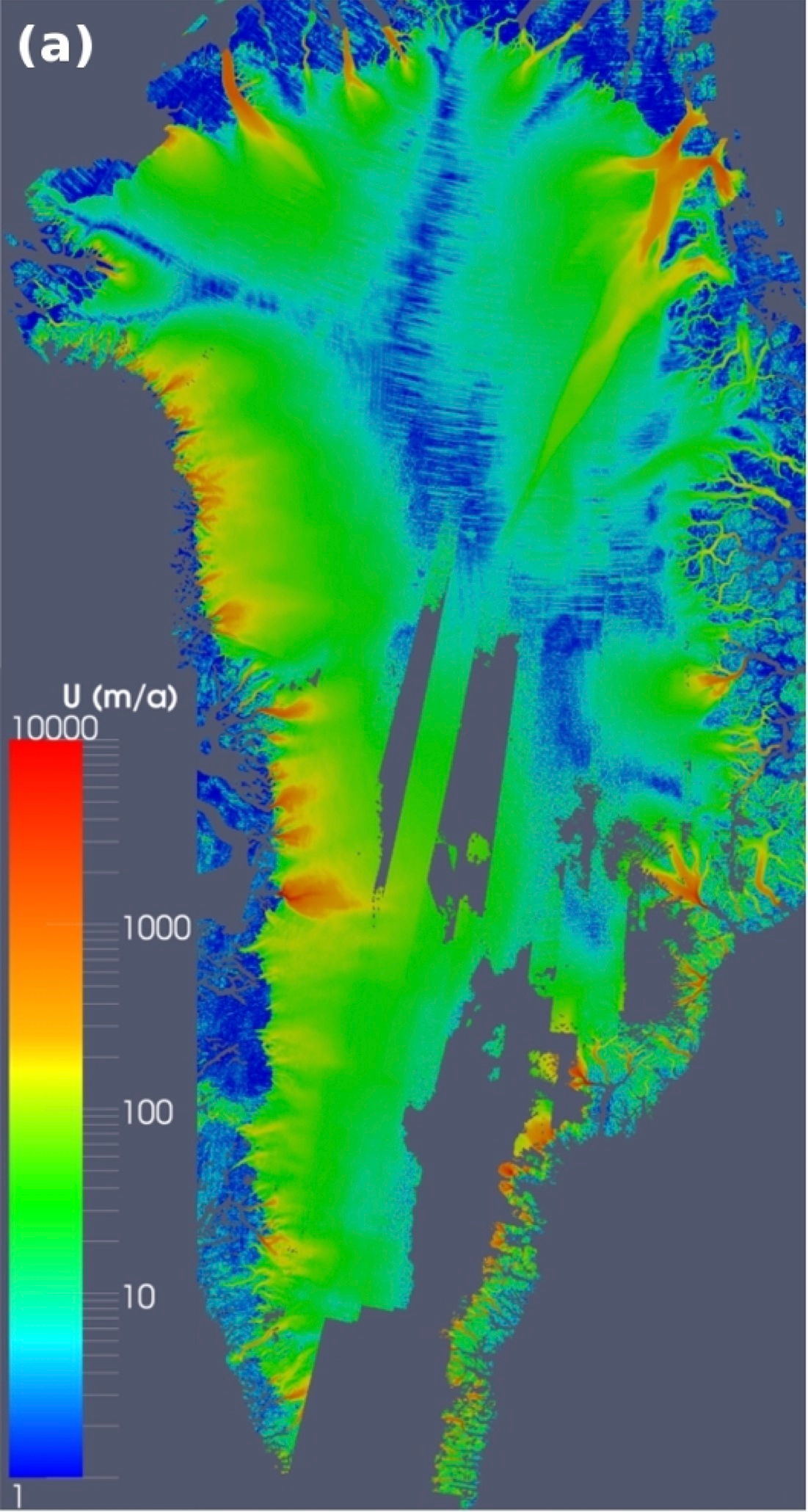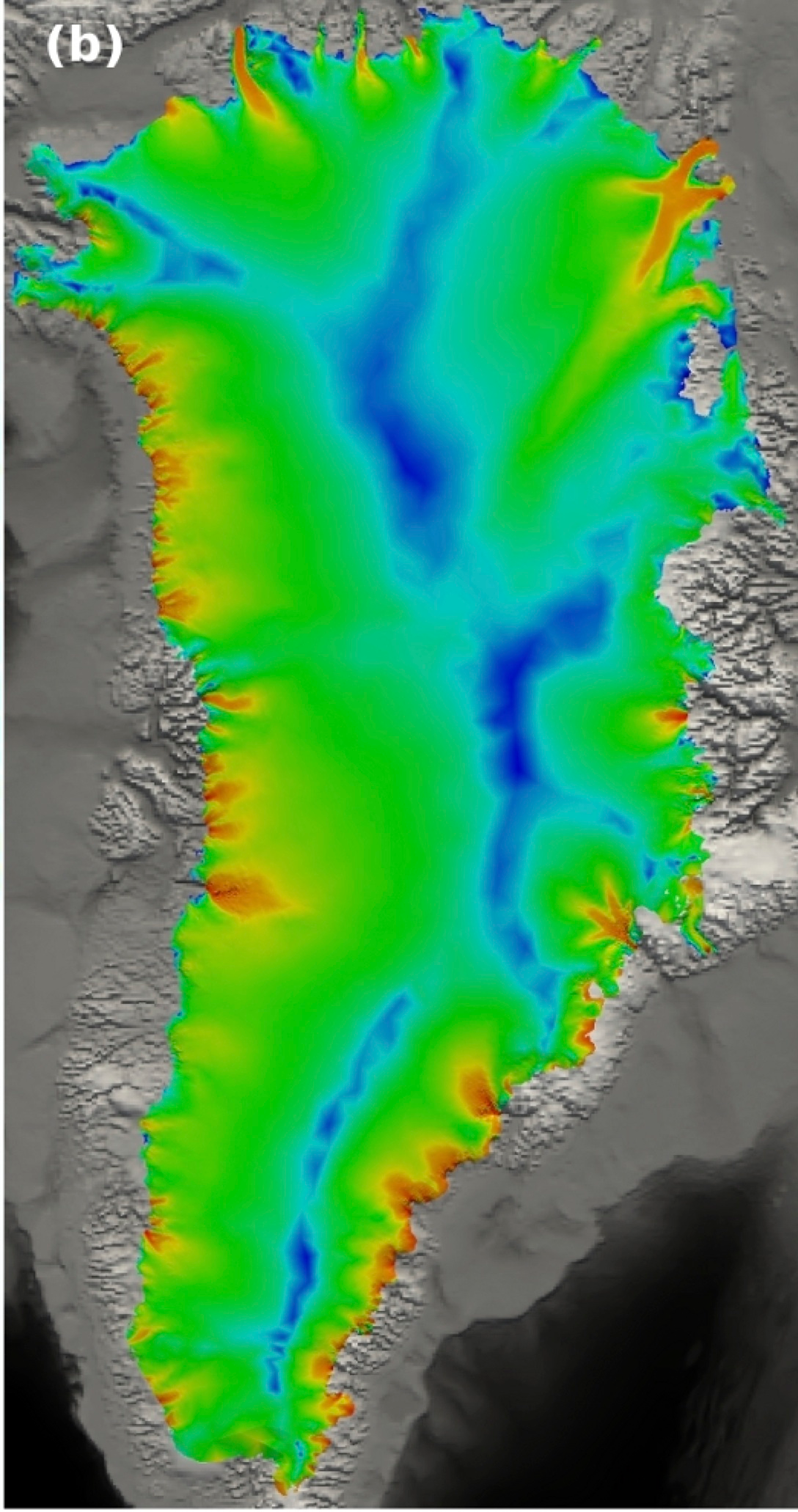Section: New Results
Data Assimilation for Geophysical Models
Development of a Variational Data Assimilation System for OPA9/NEMO
Participants : Arthur Vidard, Bénédicte Lemieux-Dudon, Pierre-Antoine Bouttier.
We are heavily involved in the development of NEMOVAR (Variational assimilation for NEMO). For several years now, we built a working group (coordinated by A. Vidard) in order to bring together various NEMOVAR user-groups with diverse scientific interests (ranging from singular vector and sensitivity studies to specific issues in variational assimilation) It has led to the creation of the VODA (Variational Ocean Data Assimilation for multi scales applications) ANR project (ended in 2012). A new project, part of a larger EU-FP7 project has been submitted late 2012.
The project aims at delivering a common NEMOVAR platform based on NEMO platform for 3D and 4D variational assimilation. Following 2009-11 VODA activities, a fully parallel version of NEMOTAM (Tangent and Adjoint Model for NEMO) is now available for the community in the standard NEMO version. This version is based on the released 3.4.1 version of NEMO.
We are also investigating variational data assimilation methods applied to high resolution ocean numerical models. This part of the project is now well advanced and encouraging preliminary results are available on an idealized numerical configuration of an oceanic basin (see Figure 2 ). Several novative diagnostics have been also developed in this framework
Identification of pollution.
Participant : François-Xavier Le Dimet.
The problem is the next : potential sources of pollution are known but the contribution of each source to a local site is unknown. The problem is to identify the contribution of each source. This is a very common situation both at the local scale and at the synoptic scale. Thanks to second order methods we have been able to reach this goal, the theoretical part is done at FSU and application at the Institute of Mechanics of the Vietnamese Academy of Sciences. One paper has been submitted for publication [75] . At FSU M.Y. Hussaini and I. Souopgui are involved in this project
The quality of water ressources is an important problem for Vietnam. With scientists of the Institute of Mechanics (Ha Tran Thua, Hoang Van Lai, Nguyen Ba Hung) in [31] and [53] we have used the methods described in [75] for water pollution studies, in parallel Tran Thu Ha and Pham Dinh Tuan (LJK) have been working on the application of Kalman filter for this problem. Several talks have been given and papers published.
Variational data assimilation for large scale ice-sheet models
Participants : Bertrand Bonan, Maëlle Nodet, Catherine Ritz.
In collaboration with C. Ritz (CNRS, Laboratoire de Glaciologie et Geophysique de l'Environnement (LGGE), Grenoble), we aim to develop adjoint methods for ice cap models.
In the framework of global warming, the evolution of sea level is a major but ill-known phenomenon. It is difficult to validate the models which are used to predict the sea level elevation, because observations are heterogeneous and sparse.
Data acquisition in polar glaciology is difficult and expensive. Satellite data have a good spatial coverage, but they allow only indirect observation of the interesting data. We wish to make the most of all available data and evaluate what new observations to add, where and when. Sensitivity analysis, and in particular the adjoint method, allows to identify the most influential parameters and variables and can help to design the observation network.
B. Bonan started his PhD in September 2010 on this subject. We implemented the 4D-Var algorithm for a flowline Shallow-Ice model, called Winnie, developed by C. Ritz at LGGE. In a simple configuration, we were able to generate the adjoint code by automatic differentiation. First results were encouraging and were presented at EGU [58] and Les Houches Summer School [30] .
Ensemble Kalman filtering for large scale ice-sheet models
Participants : Bertrand Bonan, Maëlle Nodet, Catherine Ritz.
We are also interested in comparing variational methods to stochastic filtering. In the framework of B. Bonan PhD, we then implemented Ensemble Transform Kalman Filter (ETKF) on Winnie, which we would like to compare to variational assimilation methods. First results are promising and were presented at three conferences [39] , [37] , [38] .
Inverse methods for full-Stokes glaciology models
Participants : Olivier Gagliardini, Maëlle Nodet, Catherine Ritz.
We are investigating the means to apply inverse modeling to another class of glaciology models, called full-Stokes model. Such a model is developed by LGGE and CSC in Finland, called Elmer/Ice. Contrary to large scale models, Elmer/Ice is based on the full Stokes equations, and no assumptions regarding aspect ratio are made, so that this model is well adapted to high resolution small scale modelling, such as glaciers (and more recently the whole Greenland ice-sheet).
In collaboration with O. Gagliardini, F. Gillet-Chaulet and C. Ritz (Laboratoire de Glaciologie et Géophysique de l'Environnement (LGGE), Grenoble), we investigated a new method to solve inverse problems for a Full-Stokes model of Groenland, which consisted in solving iteratively a sequence of Neumann and Dirichlet problems within a gradient descent algorithm. We also compared this method to an approximate variational algorithm, using the fact that the full Stokes equations are almost self-adjoint. These results have been published in The Cryosphere Discussion [11] and presented at three conferences [52] , [28] , [57] . Figure 3 presents the reconstructed surface velocities compared to the observations, where we can see a good agreement of the main features, thus success of the assimilation process.
|
Dating ice matrix and gas bubbles with DatIce
Participants : Eric Blayo, Bénédicte Lemieux-Dudon, Habib Toye Mahamadou Kele.
H. Toye Mahamadou Kele joined the MOISE team for 2 years as an Inria young engineer. A shared memory parallelization of the code and a more friendly user interface have been developed. Efforts have been made to calibrate the error covariance matrices by the mean of a posteriori diagnostics.
The MOISE team was involved in the Antarctic Ice Core Chronology 2012 (AICC2012) through a tight collaboration with the Laboratoire de Glaciologie et de Géophysique de l'Environnement (LGGE), the Laboratoire des Sciences du Climat et de l'Environnement (LSCE), and other European laboratories. The AICC2012 project aimed at constructing an unified chronology for several Antarctic ice cores. A special issue is dedicated to AICC2012 in Climate of the Past http://www.clim-past-discuss.net/special_issue53.html . MOISE efforts on the DatIce code lead to two important articles currently reviewed in the Open Discussion process http://www.clim-past-discuss.net/papers_in_open_discussion.html : [2] and [22] .





